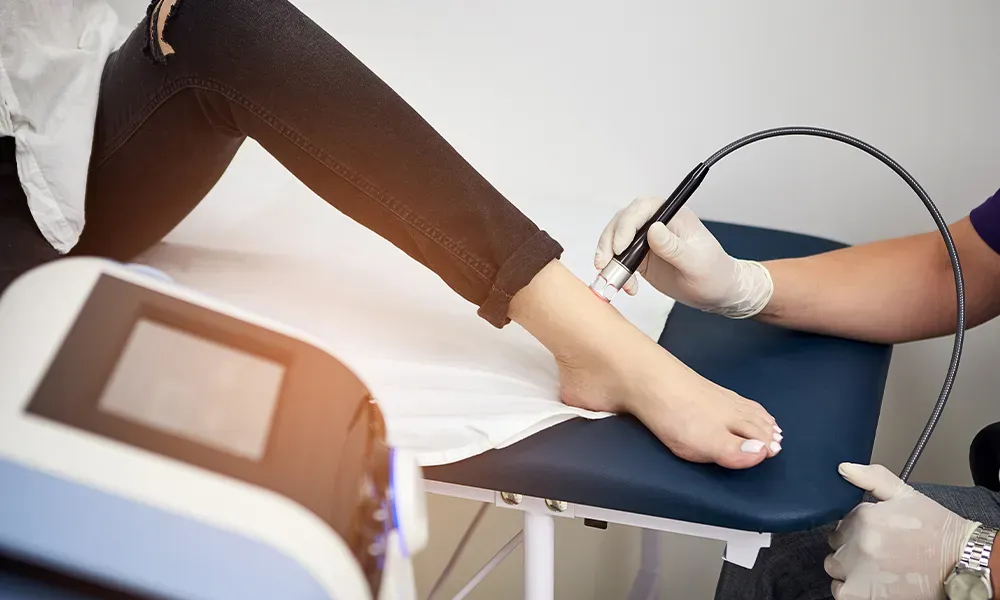
A proper diet plays a vital part in maximizing medical treatments. When patients maintain optimal nutrition before and during treatments, their bodies respond better to therapeutic interventions. Specific nutrients support tissue repair and cellular regeneration, directly affecting how well the body utilizes various medical procedures. Following sound dietary guidelines helps create an internal environment where treatments work most effectively.
Food groups that boost healing
The consumption of protein-rich foods provides essential amino acids that aid tissue repair. Foods like lean meats, fish, eggs, and legumes supply the building blocks for cellular restoration. Green leafy vegetables deliver vital minerals and antioxidants that reduce inflammation and support blood vessel health. Colourful fruits contribute flavonoids and vitamin C, which help maintain vascular integrity. Whole grains offer sustained energy and fibre, stabilizing blood sugar levels during healing.
Complex carbohydrates
- Sweet potatoes
- Brown rice
- Quinoa
- Oats
Protein sources
- Fish
- Lean poultry
- Legumes
- Greek yoghurt
Hydration requirements
Drinking adequate water throughout the day maintains proper blood volume and circulation. This helps treatments reach target tissues more effectively. Most patients benefit from consuming 8-10 glasses of water daily, with intake adjusted for activity level and climate. Some patients find setting regular water breaks helpful for meeting hydration goals.
Men undergoing Shockwave for ED Camarillo often experience enhanced results by maintaining optimal hydration levels. The treatments work optimally when tissues receive adequate blood flow, which requires consistent fluid intake. Many practitioners recommend increasing water consumption in the days leading up to scheduled sessions.
Foods that optimize circulation
Confident dietary choices specifically support healthy blood flow throughout the body. Dark chocolate contains compounds that help blood vessels dilate properly. Pomegranates, beets, and citrus fruits provide nitrates that boost circulation. Garlic, onions, and leafy greens supply sulfur compounds that maintain vessel flexibility. Including these foods regularly helps create optimal conditions for various medical therapies.
Circulation-supporting foods
- Berries
- Leafy greens
- Citrus fruits
- Dark chocolate
Timing of meals
The eating schedule impacts how effectively the body processes nutrients needed for healing. Spreading meals evenly throughout the day maintains stable blood sugar and energy levels. Most patients benefit from eating 3-4 hours before treatments to allow proper digestion. Light snacks between meals help prevent drops in blood sugar that could interfere with treatment responses.
Creating sustainable habits
Making dietary changes works best when approached gradually and realistically. Starting with minor adjustments allows time to adapt to new habits successfully. Setting specific goals for incorporating healthy foods makes the process manageable. Maintaining food journals helps track progress and identifies areas needing modification.
Tips for dietary success
- Start gradually
- Set specific goals
- Keep food records
- Plan meals ahead
Working with healthcare providers
Medical professionals guide patients in optimizing their nutrition to support various treatments. When making dietary recommendations, they consider individual needs, existing health conditions, and specific therapeutic goals. Regular communication about dietary progress helps providers adjust suggestions as needed.
Replacing less helpful eating habits with nourishing choices takes time and patience. Celebrating small victories reinforces commitment to dietary improvements that support treatment outcomes. A nourishing diet creates an internal environment where medical treatments work optimally. When patients prioritize proper nutrition, they give their bodies the tools needed for maximum therapeutic benefit.







